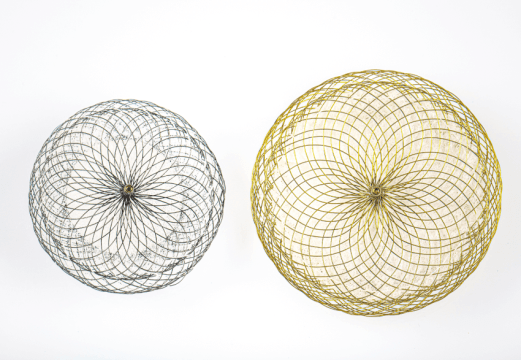Reference: Goldstein JA, Chinnaiyan KM, Abidov A, et al. The CT-STAT (coronary computed tomographic angiography for systemic triage of acute chest pain patients to treatment) trial. J Am Coll Cardiol 2011; 58: 1414-22.
Using coronary computed tomographic angiography (CTA) as a screening tool for low-risk patients with chest pain in the emergency department achieves lower costs and faster diagnoses compared with myocardial perfusion imaging but does not sacrifice safety or accuracy, according to results of a randomized trial appearing in the September 27, 2011, issue of the Journal of the American College of Cardiology.
For the trial, researchers led by Gilbert L. Raff, MD, of William Beaumont Hospital (Royal Oak, MI), randomized 699 patients with low-risk acute chest pain (TIMI risk score ≤ 4; normal initial ECG and cardiac enzymes) to standard nuclear stress imaging or coronary CTA as an initial screen at 16 different emergency departments between June 2007 and November 2008.
Both groups had substantial portions of patients ruled out from having significant CAD (82.2% with CTA, 89.9% with nuclear stress imaging). In addition, 24 patients (6.7%) were referred for invasive coronary angiography after CTA, with 13 (3.6%) receiving subsequent revascularization (4 CABG, 9 PCI). After nuclear stress imaging, 21 patients (6.2%) went on to coronary angiography (P = 0.8 compared with CTA), with 8 (2.4%) subsequently receiving revascularization (8 PCI, 0 CABG; P = 0.34 compared with CTA with regard to total revascularizations). There were no CABG procedures in the stress imaging arm.
SOLACI.ORG





